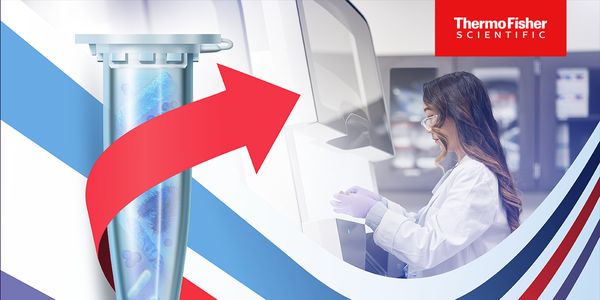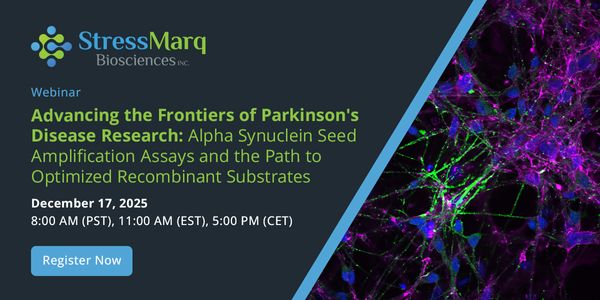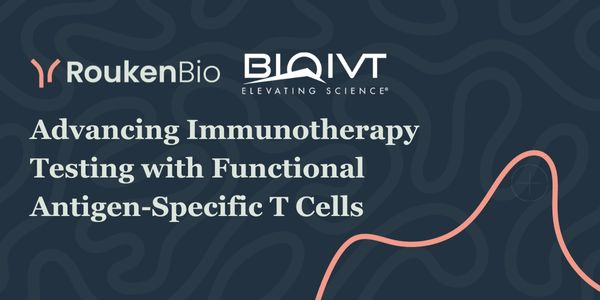Development of a novel method to measure circulating 1,25-Dihydroxyvitamin D in Human Serum and plasma
-
Fabrizio Bonelli, PhD
Chief Scientific Officer, VP, DIASORIN Inc.BIOGRAPHY
We describe a novel method to measure 1,25(OH)2D. Briefly, this method was built on four pillars: (1) the nuclear vitamin D receptor (VDR)`s ligand binding domain (LBD) as a capture molecule; (2) reaction conditions which favor binding of 1,25(OH)2D to LBD and not the vitamin D binding protein: (3) exploitation of LBD’s bound ligand induced conformational change; and (4) a Monoclonal Antibody (Mab) specific to the unique LBD-1,25(OH)2D complex conformation. This Mab, which comprises the “core” component of the method, leveraged and applied seminal observations previously reported by K. Singarapu et al (Biochemistry 2011;50(51):11025-33). Solution NMR of the LBD showed spectra differences with and without ligand. These differences prompted the idea that these different conformations could be used to elicit specific immunological responses against each form, thus enabling specific discrimination by immunological methods.
The enrichment free, non-competitive format of this method has been found to be superior to all previous immunoassays and LC-MS/MS assay methods, due to its enhanced precision and accuracy. The accuracy and precision of this new REceptor-Assisted Chemiluminiscent (REACH) assay has been independently validated and has exhibited exemplary performance in the Vitamin D External Quality Assurance Scheme (DEQAS). This technology will allow studies previously inhibited by large sample requirements to proceed by providing significantly improved accuracy over anything offered in the past.
Development of a novel method to measure circulating 1,25-Dihydroxyvitamin D in Human Serum and plasma
Please update your information
Certificate of Participation
DOWNLOAD CERTIFICATE






